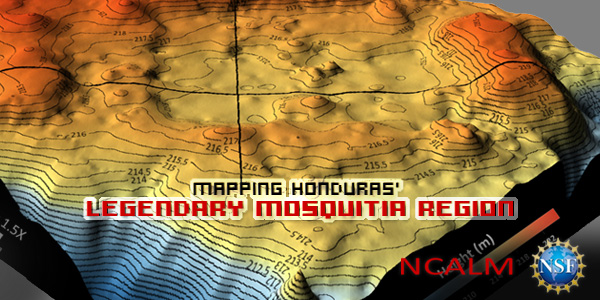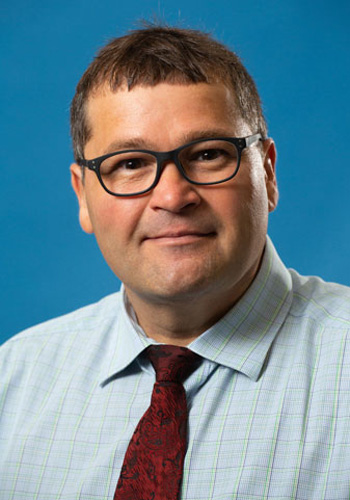Airborne LiDAR to Unveil Possible Honduran Archaeological Ruins
A field team from the University of Houston and the National Science Foundation (NSF) National Center for Airborne Laser Mapping (NCALM) has mapped a remote region of Honduras that may contain the legendary lost city of Ciudad Blanca. The results, recently announced by Honduras President Porfirio Lobo, mark the successful completion of the first light detection and ranging (LiDAR) survey of part of that country's Mosquitia region, one of the world’s least-explored virgin rainforests. An initial analysis of the LiDAR survey has identified ruins that could be those of Ciudad Blanca or other long-hidden sites. The information provides archaeologists with the precise locations of features within fractions of meters for further study.
Read More
Researchers Win $2.5 Million Grant to Develop Offshore Cementing and Drilling Materials
Cumaraswamy “Vipu” Vipulanandan, professor of civil engineering with the University of Houston Cullen College of Engineering, is developing a new type of cementing slurry that will enable offshore oil rig operators to easily monitor the health of a well, both during its construction and then throughout its operational life. He has recently won a more than $2.5 million, 3-year grant from the non-profit Research Partnership to Secure Energy for America, (RPSEA) and funded by the U.S. Department of Energy (DOE), to conduct this work along with collaborators Ramanan Krishnamoorti, chair of the Cullen College’s Department of Chemical and Biomolecular Engineering, as well as Guido Gustavo Narvaez and Qi Qu, both researchers with Baker Hughes.
Read More
Brain-Machine Interface Research Featured in The Economist, Houston Chronicle
Brain-machine interface research being conducted by ECE Professor Jose Luis "Pepe" Contreras-Vidal was recently highlighted in the May issue of
The Economist and on the front page of the
Houston Chronicle. Contreras-Vidal is working to develop an interface that would allow the human brain to control prosthetic limbs—particularly, an exoskeleton developed by Rex Bionics, which would allow a paralyzed individual to control the robot via thought.
Read The Economist |
Read the Houston Chronicle
Focused Air Puff to the Eye Promises Improved Vision Care
Kirill Larin, associate professor of biomedical engineering with the University of Houston Cullen College of Engineering, has won $1.2 million grant from the National Institutes of Health to develop a system that will use a puff of air to diagnose various eye diseases. These measurements will be taken using an optical coherence tomography technique, which utilizes a harmless laser beam to sense movement down to mere billionths of a meter. The data that is collected will then be fed into models developed by the research team, which includes Michael Twa, assistant professor in the UH College of Optometry and Salavat Aglyamov, a biomedical engineer with The University of Texas at Austin.
Read More
More Headlines
Researchers Develop Dual-Purpose Neural Probe
ChBE Machinist Wins UH Staff Excellence Award




